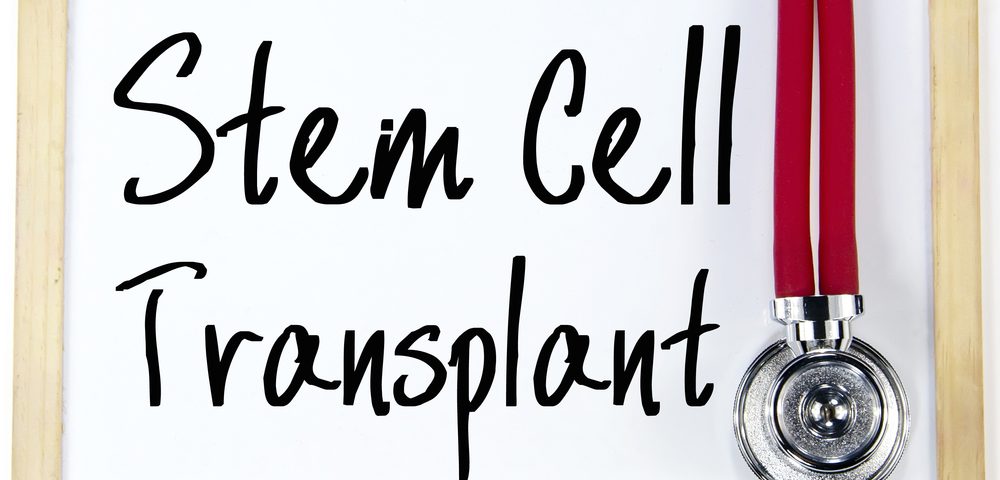A new method of releasing blood stem cells from the bone marrow into the blood may lead to more rapid and efficient stem cell transplants in lymphoma patients. If confirmed in clinical trials, the method could make it easier for bone marrow donors and increase the number of people willing to donate, researchers said.
Currently, donors must receive twice-daily injections over multiple days to release blood stem cells from the bone marrow into circulation. The new method, tested on mice, can mobilize stem cells in only 15 minutes after a single injection.
Researchers also found that stem cells generated by the new method were of higher quality. Lab mice tested with the new method recovered more quickly and had more transplanted cells in their blood, findings published in the journal Cell show.
The key to this rapid and robust strategy is a combination of two compounds — the signaling molecule GROβ and Plerixafor (AMD3100), which already are used to stimulate bone marrow in humans.
“If we can do the whole blood stem cell donation process with one combination injection, then that makes it a lot easier for the process to happen, and it makes it a lot more enticing for normal donors to donate for a transplant for someone else,” Louis M. Pelus, PhD, professor of microbiology and immunology at Indiana University School of Medicine, said in a press release.
Pelus led the study, “Rapid Mobilization Reveals a Highly Engraftable Hematopoietic Stem Cell,” along with colleagues from the Harvard Stem Cell Institute and GlaxoSmithKline.
The advancement is the culmination of more than two decades of research. As the former lead scientist at SmithKline Beecham, now called GlaxoSmithKline, Pelus began exploring the capacity of GROβ to mobilize stem cells from the bone marrow.
“This new stem cell collection method is the culmination of 25 years of my work from laboratory bench to bedside, back to bench,” Pelus wrote in a blog post.
“My lab team started by purifying and cloning a molecule that was induced by a previously known hematopoiesis regulator. The new molecule was found to be synergistic for regulating hematopoiesis, but unexpectedly also resulted in mobilization,” he added.
Pelus and his team tested the compound in humans, finding it to be safe and well-tolerated. But it was not as potent in triggering the release of stem cells from the bone marrow as current approaches, which rely on daily injections of a compound called G-CSF.
The team then combined GROβ with Plerixafor and went back to mice experiments. They found that when the two compounds were delivered together, stem cells rapidly were released from the bone marrow, and after 15 minutes, researchers could harvest enough stem cells for a transplant.
They injected the cells into mice that had been irradiated to rid them of bone marrow cells, a setting that is similar to cancer patients. The mice that received cells via the new procedure recovered several days earlier than those that received stem cells generated by four days of G-CSF treatment.
Additional experiments showed that the transplanted cells had a better ability to engraft, or enter the bone marrow. Even six months after a transplant, researchers noticed a difference between the two different procedures in the mice. They found that cells mobilized with the new method were different, resembling fetal liver blood stem cells.
The discovery could be good news for both donors and transplant patients. The next step is to test the method’s safety and effectiveness in clinical trials with human participants, Pelus said.


